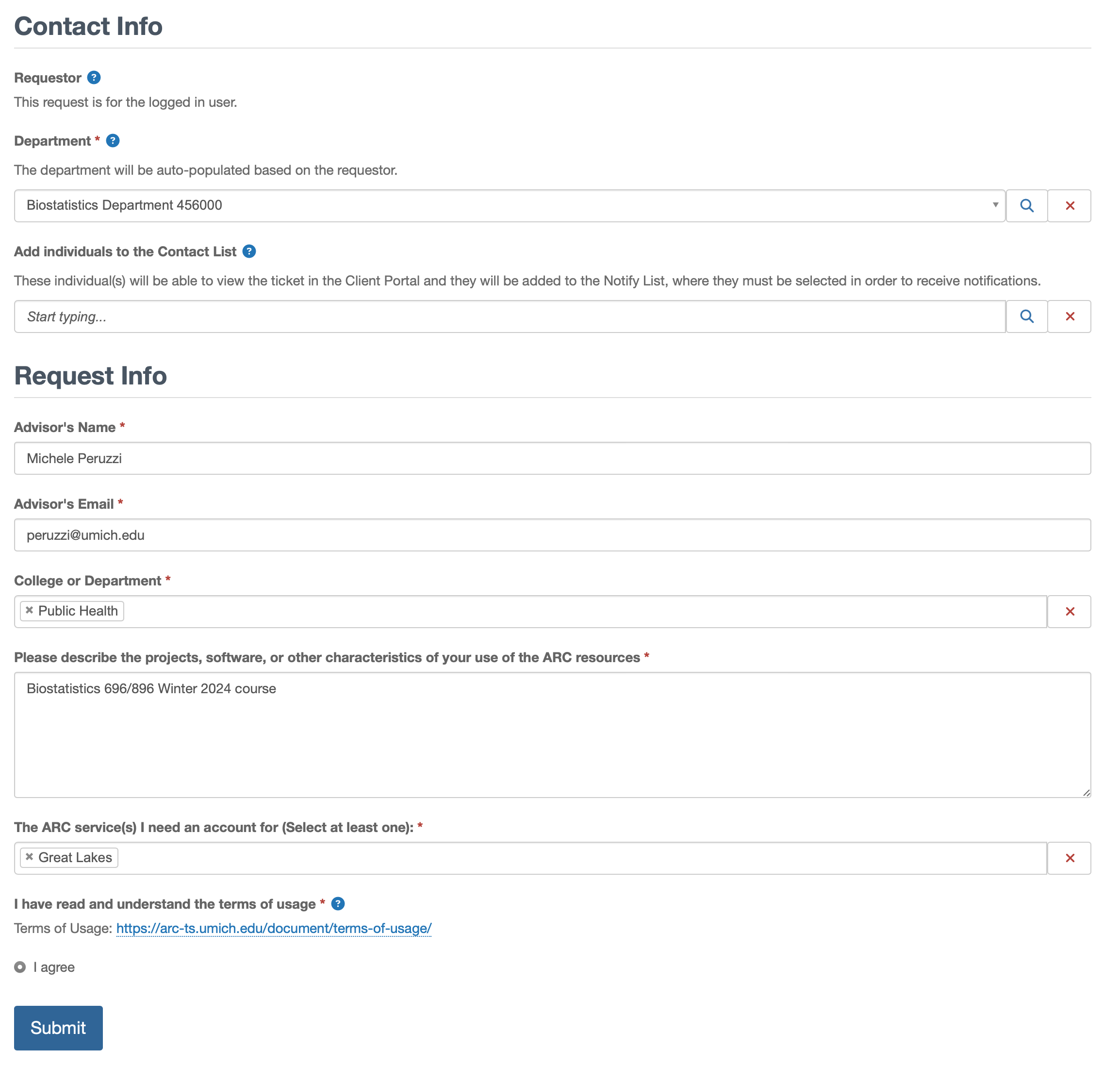Introductions
Spatial Statistics - BIOSTAT 696/896
Michele Peruzzi
University of Michigan
Welcome
- Class times: Monday and Wednesday, 11.30pm–1pm in 1690 SPH1A
- Office hours: Thursday 2pm–3pm (Zoom link on Canvas) by appointment
- GSI: Yi-Ting Lin
- Textbook: Banerjee, Carlin, Gelfand, 2015, Hierarchical Modeling and Analysis for Spatial Data
Course contents
- Introduction: types of spatial data. Failures of linear regression.
- Preliminaries: a bunch of things you should be familiar with when working with spatial data and associated models. All “theory” questions will not directly ask you about preliminaries, but may require them when answering. Goal: make the course more self-contained
- Point-referenced data
- Multivariate spatial data
- Additional/advanced topics (depending on time and your preferences, TBD)
Lecture goals, class etiquette
- I want lectures to be opportunity for discussion and learning
- Interrupt me at any time
- Am I going too fast? You missed a detail? Something is unclear? Stop me immediately
- Do not be afraid to ask
- Asking and interrupting in a meaningful way = participation
- Please write your name on a piece of paper with a sharpie so I can attempt to learn
- No question is “stupid” or obvious or useless. ASK IT
Evaluation
- 20% group challenges
- 30% individual take-home quizzes
- 40% group project
- 10% participation
- 896 content and questions will be clearly highlighted
Group formation
- Groups with 3 or 4 members.
- Exceptions only after my approval.
- Sort yourself into groups. If you prefer, I can randomly assign
- Separate 696 from 896 students, please
Group challenges
- I give you data OR you choose your own dataset (preferred)
- I give you questions
- You create a short report
- Ample time to complete (say, 2 weeks minimum? TBD)
- Collaboration within/between groups encouraged
- Seek help from me if needed
- Submissions should reflect group work
- Goal: setting things up for the final group project
Individual take-home quizzes
- I give you questions at 9am
- You have time until 5pm to submit your answers
- Open book
- Communication with your classmates is allowed, but
- Submissions should reflect your own work
- Format TBD
- Goal: keep up with course and make sure you do not fall back
Group project
- You pick your own dataset (I can help)
- You pick your own questions (I can help)
- You create slides or a poster (1 page in A0 format)
- Total creative freedom – use whatever software for presentation/poster
- In-class presentation of your slides or poster
- Keep it simple!
- Expect questions from me and the audience
- Clear structure and quality of visualizations are important!
- Goal: practice for conferences
- Challenge yourself but try to have fun
- In most cases, there is no “right” or “wrong” way to do things
Group project
- This is by far the most important part of the evaluation
- I will assume all group members have contributed equally
- 896 make groups with your peers
- I am open to revising the rules or setup using your feedback
Participation
- Attendance
- Q&A in class
- My discretion :)
- My expectation is that everyone should easily get 100% participation
- Do not take this for granted!
- I expect open discussion when I mark questions in orange
Software
- I expect you to work in R
- You should always submit your reproducible code as part of your group assignments/project/quizzes
- Reproducible = ideally, an
.Rmdor.qmdfile that I can use to render your pdf - When using your own data, submit
.Rmd/.qmdalong with your data in a .zip file - Final project: submit code used for analysis and figures
Computational resources
- Everyone in this class should use remote instance of Rstudio
- Avoid using your own laptop especially if analysis takes a long time
- Request individual access here: https://arc.umich.edu/login-request
Computational resources

Accommodations
- Let me know ASAP if you need accommodations
- Refer to syllabus
Zoom lecture times
- You will see Zoom lectures scheduled on Canvas
- These are for students needing accommodations
- They are not a substitute for in-person class attendance
- (unless unusual situation requires virtual meeting)
Questions?
- Last day to drop: Jan 28.
- Question time